Hammer, termite and magnetic field for quick data destruction
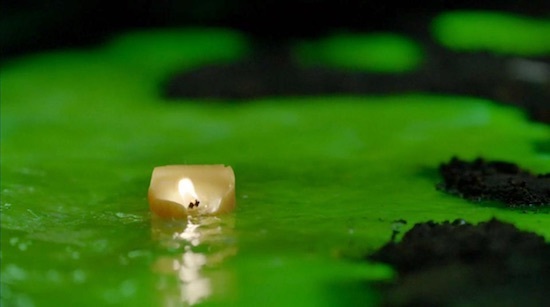
When it comes to the rapid destruction of data, one can involuntarily recall the story of a server with a painted target at the level of a hard disk, next to which an armed guard was dozing. If an enemy suddenly descends, the fighter had to shoot several times at the center of the target and leave.
In this article, we recall the equally entertaining ways to quickly and securely damage information with the carrier .
The veracity of the tale, of course, is questionable - the gunners on metal know how dangerous the ricochet is. In addition, there is no guarantee of irreversible damage to the drive. But there were more original approaches to the protection of valuable data, which I would like to recall in the turbulent age of technology.
The consequences can have a negative impact on the future life of the system administrator. A job is only a job, and a criminal record is already serious. The rest of the story is entertaining and does not call for breaking the law. All stories from practice please consider fiction.
Brute force approach
Quickly break - perhaps the most obvious solution in the event of the visit of guests, information to which should not fall. For example, you can break hard drives with a hammer, but this is quite a long time and you can’t do it in time.
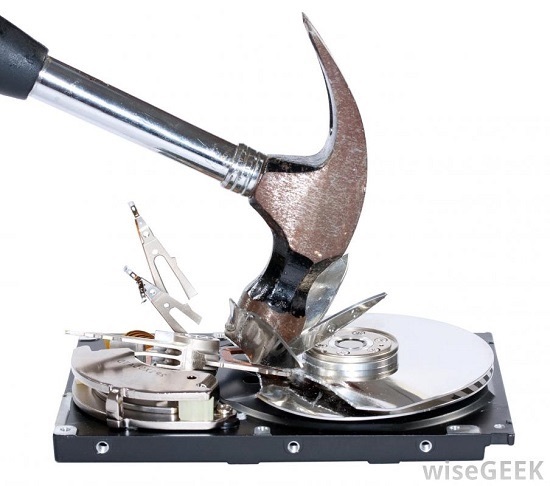
As an improved method of destruction, the gloomy domestic genius developed the device Vintoboy . Miracle technology simply punches the hard drive in four places, so something can be restored only in a special laboratory.
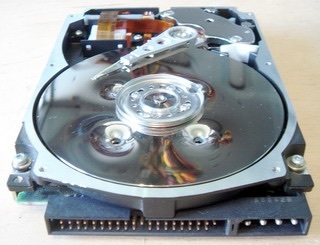
In his practice, I met an ideologically similar solution: the hard drives lay on a special bench and each had a dot drawn on it. On the next wall hung a powerful drill ready for work.
In addition to the ability to get information in the laboratory, the gadget also contains one more significant disadvantage: it is bad for SSDs, where it will be necessary to punch through each memory chip.
I have a young chemist with my mother
Chromium-coated "pancakes" of hard drives are very poorly tolerated by acids, such as hydrofluoric acid . In general, boiling water or oil is sufficient for the loss of the magnetic properties of the surface. The only problem is that you need to deliver the liquid directly to the pancakes, and so that it does not have time to cool. Therefore, acids are still more popular.
Acid can be injected with a syringe through the process opening. But even the connection of the "injection system" is fraught with premature failure of the device, as during installation, dust is bound to enter the hole. For SSD, this method is unlikely to be suitable because of the less sensitive microcircuits to acid.
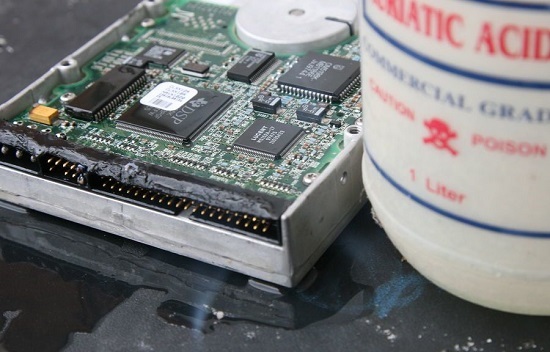
If everything is somehow surprising with acids, then there remains a simple and effective “Plan B” - heating. Aluminum melts at a temperature of 600 ° C, but the loss of magnetic properties will begin at 400 ° C. Burning, at times, is given additional acceleration by the charge of a termite or pyrogel. And in order not to spoil everything around, the disc is better to put on a ceramic base or stone. Such charges can be set on fire remotely and in a matter of seconds to melt almost any disk.

In one organization, I was told about building cartridges in key servers, with the prospect of replacing almost with TNT. I hurried to interrupt cooperation with them, out of harm's way.
In general, I would not advise you to check all this in practice - the effects of acid and termite on the skin look extremely sad. In addition, the manufacture of explosives is punishable by law.
What would a bored physicist do
If you do not like to heat the discs with hazardous substances, you can use electricity and some heating elements instead. But it is more efficient to turn electricity into a magnetic field and demagnetize the surface of a disk with it. There are many similar devices of domestic and foreign production on the market. On Habré even had an article with an overview of domestic models .
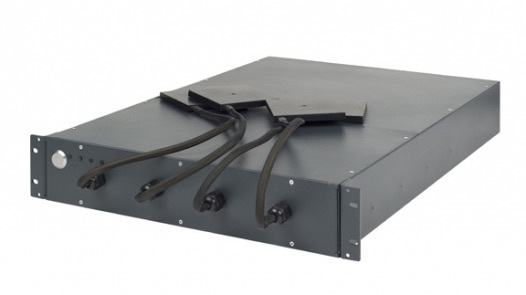
Domestic system of emergency data destruction SAMURAI 2U .
By the way, solid-state drives are less sensitive to magnetic radiation, so they are easier to “fry” all the same.
But all this is barbaric, because you can just write code
As a software measure, you can simply score a disk with zeros several times or perform deep formatting. But the speed in these cases can not speak. There is a slightly more operational method - give the secure erase command to the disk controller, which will deal with the data in about an hour. If we are talking about SSD, then the process takes a few seconds, which makes the method an absolute favorite for simplicity and efficiency.
The secure erase command can be run with special utilities that can even be built into the server control module. For example, Intel offers Remote Secure Erase in its chipsets and SSDs, while HPE has Erase Utility bundled with HP Insight Diagnostics. The option is available even on the seventh-generation ProLiant.
Encrypt everything and discard the key
There are plenty of tools for encrypting a disk on the market, even in Windows, a regular tool, Bitlocker, has appeared. There are more interesting options with two keys: one decrypts the data, and the other destroys them. The most important thing for the system administrator minus such solutions is their vulnerability to the methods of "thermorectal" cryptanalysis.
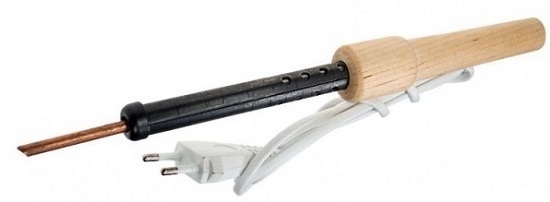
Alternatively, some keep their secrets in a RAM disk, which is cleared when the server is turned off. It is worth remembering that there are special methods for obtaining information from the RAM of a recently turned off server. To do this, you need to access the gland as quickly as possible. Of the minuses can be noted unplanned loss of information in case of power failures.
But is not it easier to safely hide the servers and simply turn them off if necessary?
Harry Potter Method
Many people remember the story about the server gazelle in the parking lot - the wires are disconnected from the equipment and the inconspicuous machine leaves the territory. In practice, I have not seen such solutions, but server buildings hidden in secluded places are sometimes encountered.

Once I heard a story about how in one organization a server with important data was hidden in a lavatory - immured in a wall behind a cistern. The organization was quite famous, so people in masks periodically visited it, but the "secret" server was never found.
In another organization, during the “masquerade”, they ran along the back stairs for a long time with the servers, while the management was delaying the inspectors by talking. Then they simply rented a nearby apartment, whose location was known only to the owners of the company and the IT director. And to replace the empty spaces in the server cabinet, several machines were prepared with useless information and the words “Main Server”, “Server-1”, and “Server-2”.
In our enlightened age, storing a server in a closet with mops often prefers renting a virtual machine in the cloud or data center, more often overseas. The solution impresses with its simplicity and efficiency, and the squibs with targets on servers are slowly becoming a thing of the past. Only the destroyers of drives, which have found their place in the implementation of the Federal law on the protection of personal data, are still relevant - among the options for deleting user data there is just the destruction of the drive.
If in your practice you have met even more exotic methods of data destruction - tell us in the comments.
')
Source: https://habr.com/ru/post/314902/
All Articles